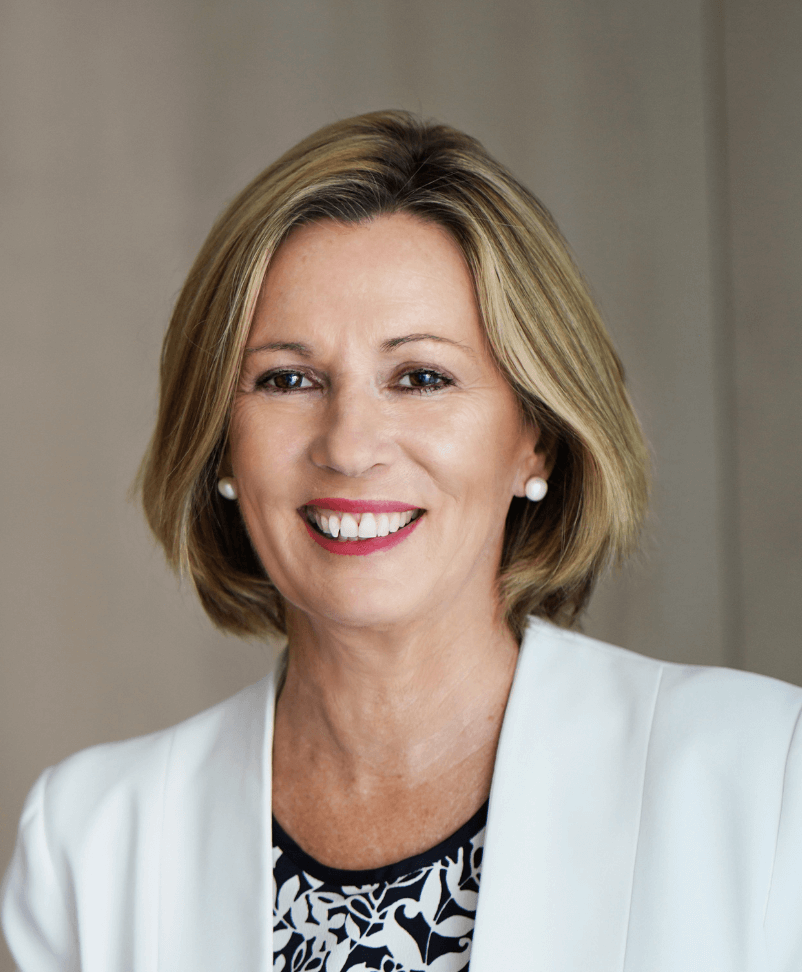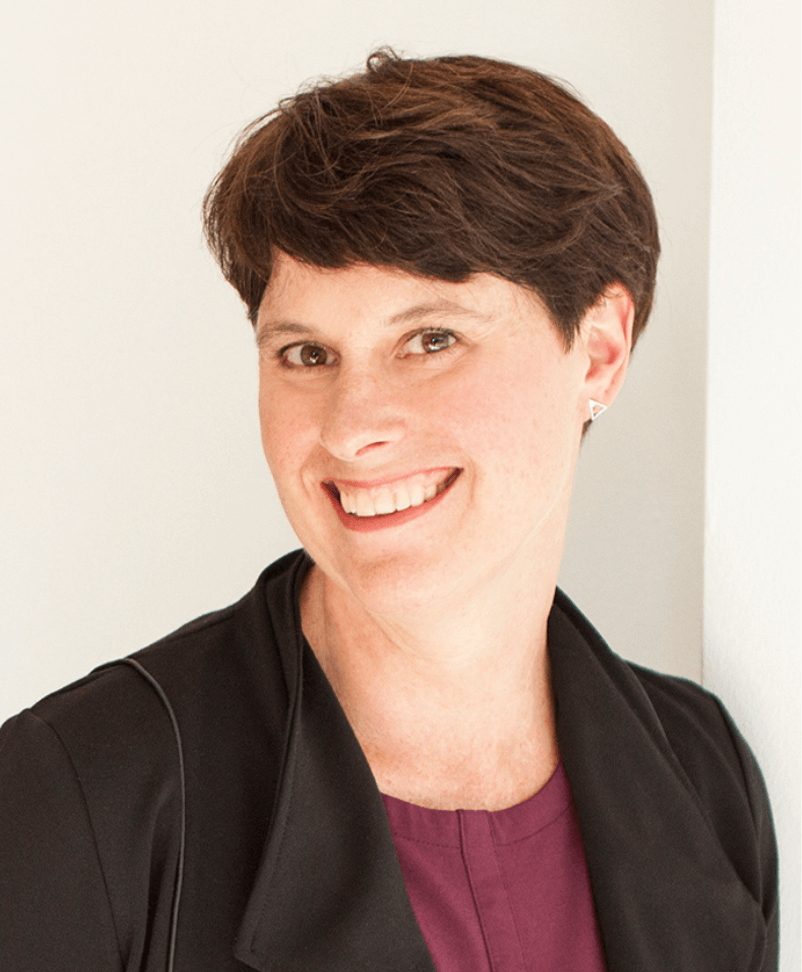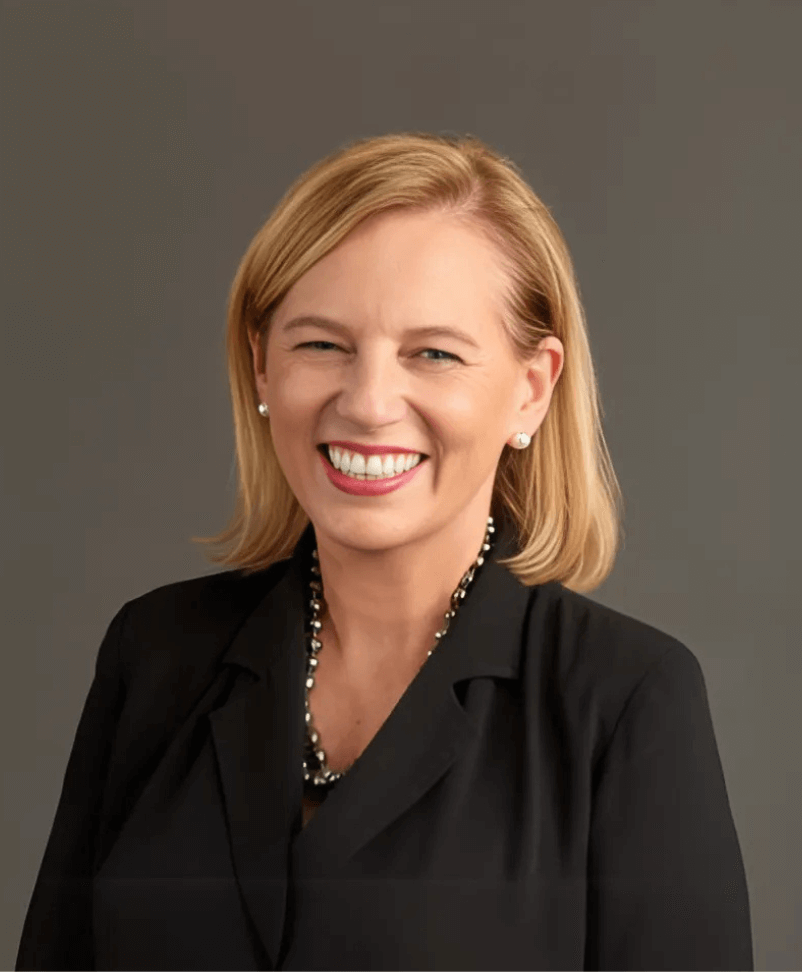Forget the fix. Here’s what really works from real mentors and lived experience
Accelerating female leadership – what does it really take to lead with influence? How do you build presence without compromising who you are? In a recent SMG webinar, senior executive mentors Virginia Mansell, Susan Ferrier and Janet Horton explored these questions in conversation with Mehul Joshi.
This Insights piece captures:
- The mindset shifts that accelerate female leadership growth
- Coaching moments that helped women show up with more impact
- Practical strategies for building confidence, presence and brand
Why we’re still talking about leadership presence
Leadership presence. Brand. Influence. These aren’t new ideas. However, they remain some of the most challenging for leaders to define and build, especially for women.
In a recent SMG webinar, three experienced mentors shared their coaching strategies for guiding women through critical leadership transitions. Across the conversation, one theme was clear: it’s not about fixing women. It’s about giving them the tools, support and context to lead with clarity and be their true self.
What’s seen in executive coaching: three perspectives
Susan Ferrier
“There are three moments when women usually seek support,” said Susan. “When they want to deepen their impact, when they’re mapping the path ahead, and when they’re facing big choices – personally or professionally. These are the inflection points where mentoring makes a real difference.”
She’s supported many women through these transitions. And as a former buyer of leadership programs, she’s clear on what makes them stick: psychological safety, senior sponsorship and shared learning. “These are the conditions where growth happens.”
Janet Horton
Janet has led dozens of women’s leadership programs. Her insight: safe spaces matter. For anyone to be able to learn about themselves, they first need to tame the protective self.
She shared how group and individual coaching work together: “Cohorts create connection, reduce isolation, and unlock insight. Whilst one-on-one coaching makes it personal – what’s holding me back, what do I want, and what’s next for me?”
Virginia Mansell
Virginia’s focus is alignment: between a leader’s purpose, values and their organisation. “Presence comes from knowing who you are and being in the right context to express that.”
She spoke about mentoring as a circuit breaker in noisy, high-pressure moments. “It gives you the space to reflect and ask: is this right for me right now?”
Is it a level playing field? It depends.
While all three mentors agreed that agency, mindset and personal choices matter, they were equally clear: the playing field is not always equal.
Virginia emphasised the importance of context. “Some organisations and sectors are more open to diverse leadership styles than others. If it’s not the right environment or a level playing field, choice becomes critical. Do I stay, or do I go? Can I lead in a way that aligns with who I am?”
Janet highlighted the hidden barriers. The impact of dominant cultures, even in gender-balanced organisations. “In some spaces, women wear a kind of armour to show up – that can get in the way of being heard.”
Susan was clear: “It’s still not a level playing field. That’s why we need to deliberately create safe spaces for women to develop, learn, connect and lead.”
What works inside organisations
When asked what accelerates leadership growth, Susan offered her view as a program sponsor and buyer. Her advice:
- Invest real budget and stay the course: “Programs like these take years to create lasting impact. They’re not 6-month fixes.”
- Secure senior sponsorship: “You need your Chair, CEO and ELT behind the program. Not just in principle, but in practice.”
- Make the business case: “It’s not just a ‘nice to have.’ Diverse capability is a business imperative.”
- Choose the right partners: “Do proper due diligence. Bring in people who know how to do this work well.”
Strategies that shift presence
Janet Horton
Janet shared a coaching story that exemplifies how small shifts in communication style can create real impact. One of her mentees, a senior executive in the mining industry, found it challenging to get her voice heard in executive meetings. “She described it as the men around the table sucking up all the oxygen,” Janet recalled.
Drawing on Deborah Tannen’s research on linguistic style, Janet helped her explore how rapport-based communication. Language shaped by early social norms wasn’t serving her in a status-driven environment. Together, they rehearsed how to interrupt confidently, without apology.
The following week, the executive tried it. In a leadership meeting, knowing she had to leave early and wasn’t likely to be called on, she leaned in: “Mike (the CEO), I’m going to jump in and give my update now, because I’ve got to be somewhere at 10.” The CEO nodded. No one blinked. “It felt rude,” the mentee told Janet, “but it landed.”
“She realised the discomfort was hers,” Janet said. “The shift was tiny, but the result was significant. It was a mindset adjustment recognising that what had felt ‘normal’ was actually holding her back.”
Susan Ferrier
Susan offered a wide range of practical tools and strategies that she’s refined over time and now passes on to others:
- Anchor messages: Before high-stakes meetings, she writes three key ideas in the top corner of her notebook to stay focused.
- Tone and timing: She uses sentence starters and tone-modulation strategies to either slow or accelerate conversations.
- Real-time feedback: After meetings, she checks in with a colleague or team member to provide feedback. She asks, “What worked? What could I do better?” to continuously calibrate.
- Presentation coaching: She’s worked with coaches to improve everything from narrative to body language.
- Permission not to perform: she reminds herself that it’s OK not to answer everything in real time; sometimes catching a point and following up later is more effective.
Her reflection: “I’ve done a lot of work over the years to get to a place where I feel confident in tone, content and delivery. These aren’t things we should leave to chance.”
Virginia Mansell
Virginia’s practical coaching philosophy revolves around clarity, alignment, and reading the room. One of her most consistent strategies involves preparing leaders to understand their audience, whether that’s a manager, a panel, or a team.
She encourages mentees to ask: “Who am I meeting with? What do they value? How do they communicate? What will resonate with them?” From there, preparation shifts to the interaction: shaping tone, delivery, and the energy brought into the room. This emphasis on tailoring communication style is about building rapport and influence without compromising identity.
Virginia also places great importance on feedback. “Presence is about how you land with others. You need to seek that out, not just annually, but in real time. Ask: How did that come across? What stuck? What didn’t?” This continuous calibration helps leaders build self-awareness and adaptability.
Beyond individual interactions, Virginia helps women pause and reflect when they’re overwhelmed by noise or pulled in too many directions. She encourages taking a step back – getting ‘on the balcony’ -to view situations with perspective. She says this is where women reclaim real choice and agency.
Seven takeaways for building brand and leadership impact
- Start with mindset and readiness – coaching and development work best when leaders are curious, open, and ready to stretch. Mindset is the entry point.
- Match group learning with individual coaching – programs that combine peer learning and 1:1 coaching help leaders build insight, confidence and a support network.
- Build psychological safety into the process – people learn more when they feel safe to show up honestly. Whether in groups or 1:1, safety helps leaders drop the self-protection and grow.
- Tailor your communication to the room – presence isn’t just confidence; it’s knowing your audience and adjusting how you present yourself, communicate, and connect.
- Use practical tools to stay on message – tactics like Susan’s, such as “three key points in the corner of your notebook,” help leaders stay grounded and practical in high-stakes settings.
- Create feedback loops to build presence – ask, reflect, adjust. Real-time feedback helps leaders build awareness and sharpen their impact over time.
- Back programs with senior sponsorship and long-term intent – leadership growth isn’t quick. Programs require the backing of the CEO and ELT, a strong design, and sufficient time to embed lasting change.
Want to go further?
- Watch the webinar recording on demand
- Learn more about SMG’s Accelerating Female Leaders programs
- Visit our coaching and mentoring programs
Referenced by our speakers
- Stop Fixing Women, by Catherine Fox
- Maximising female leader development through simultaneous individual and group coaching, Coaching: An International Journal
- Research by Amy Cuddy on body language and presence
- Deborah Tannen’s work on linguistic style and gendered communication
- Johari Window framework (self-awareness through feedback)












